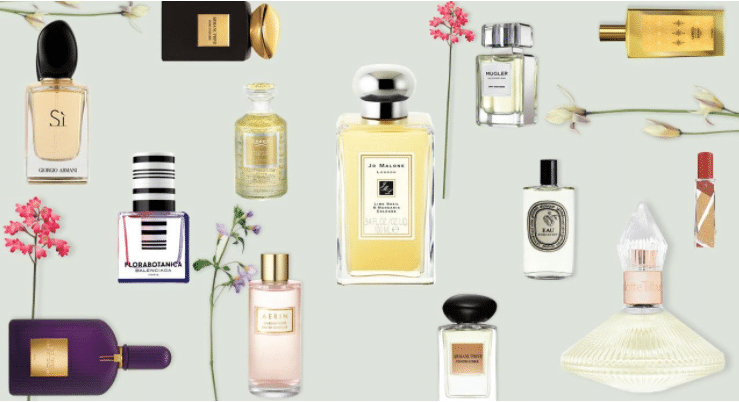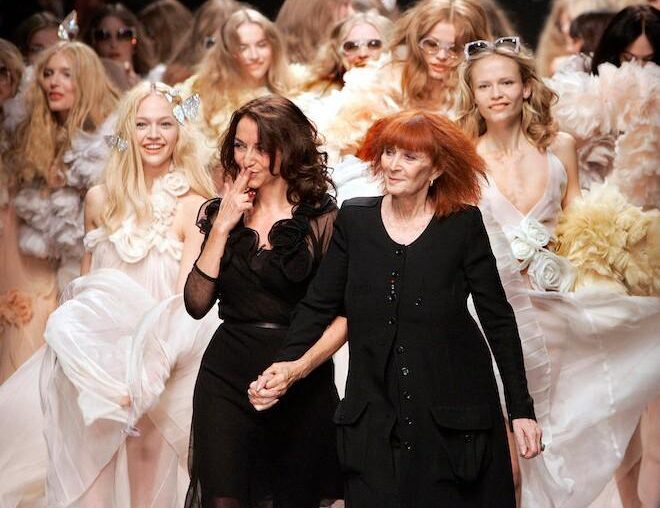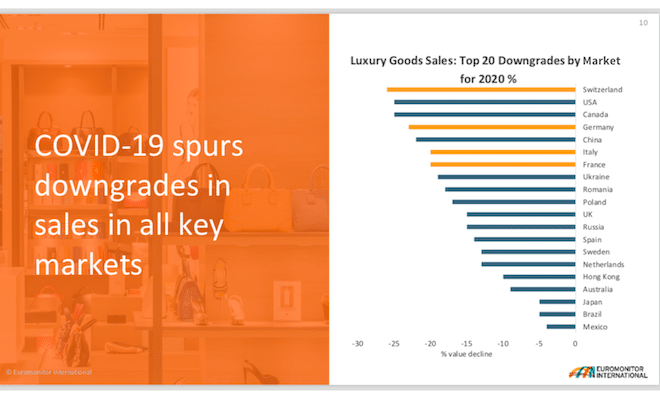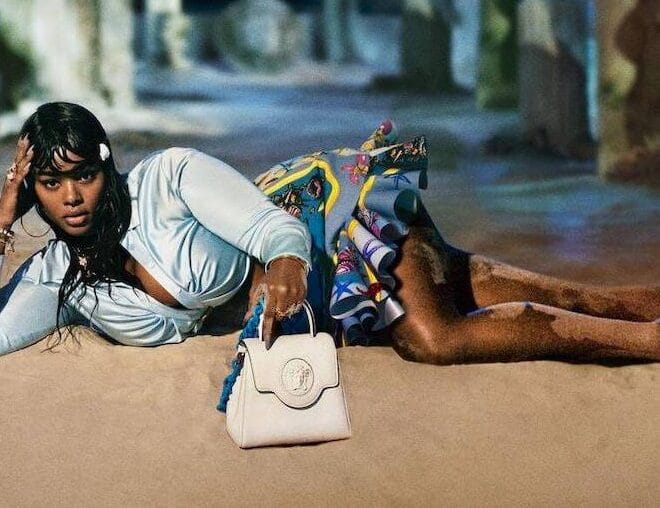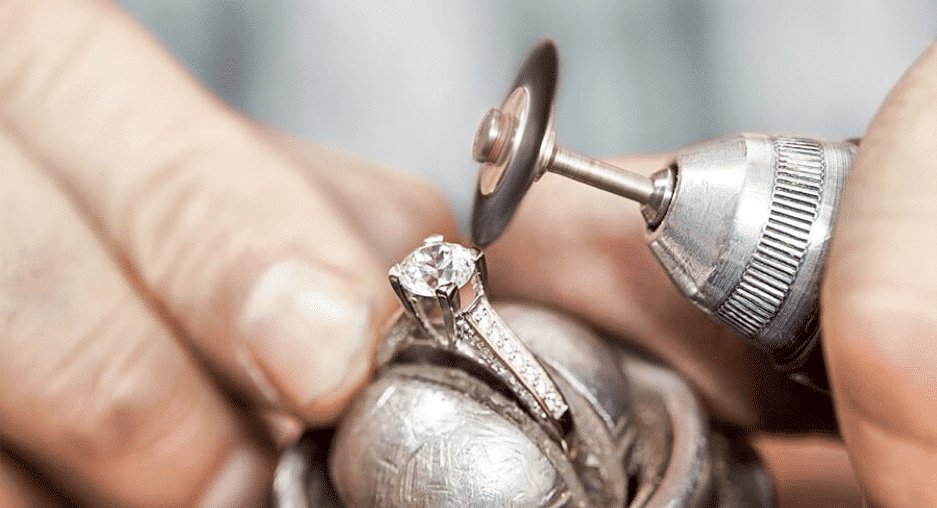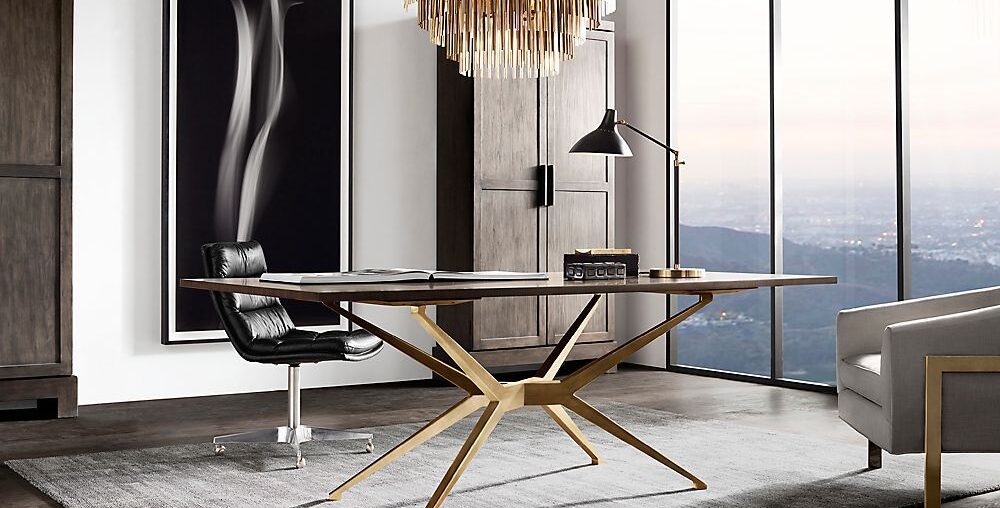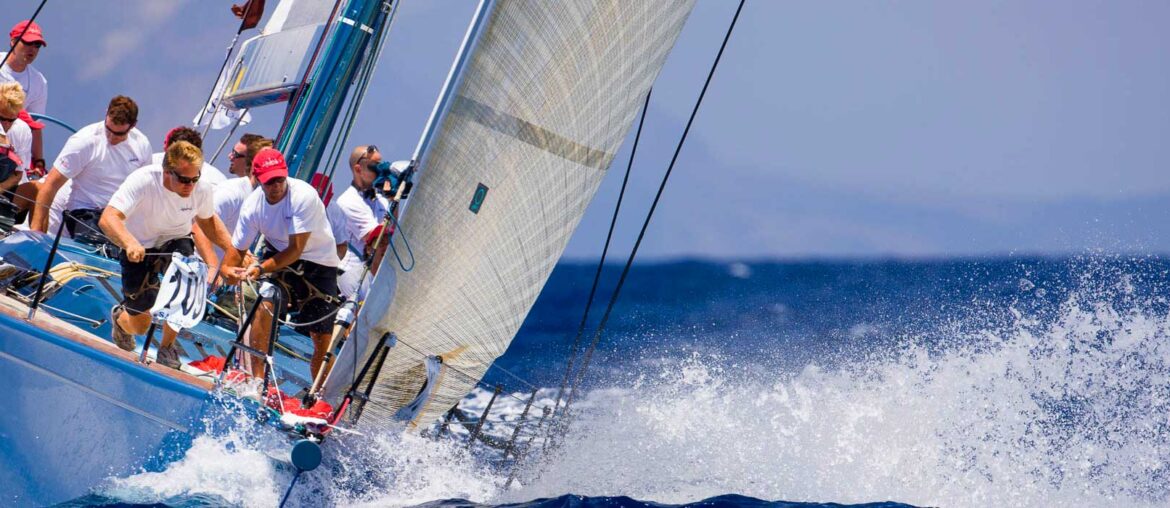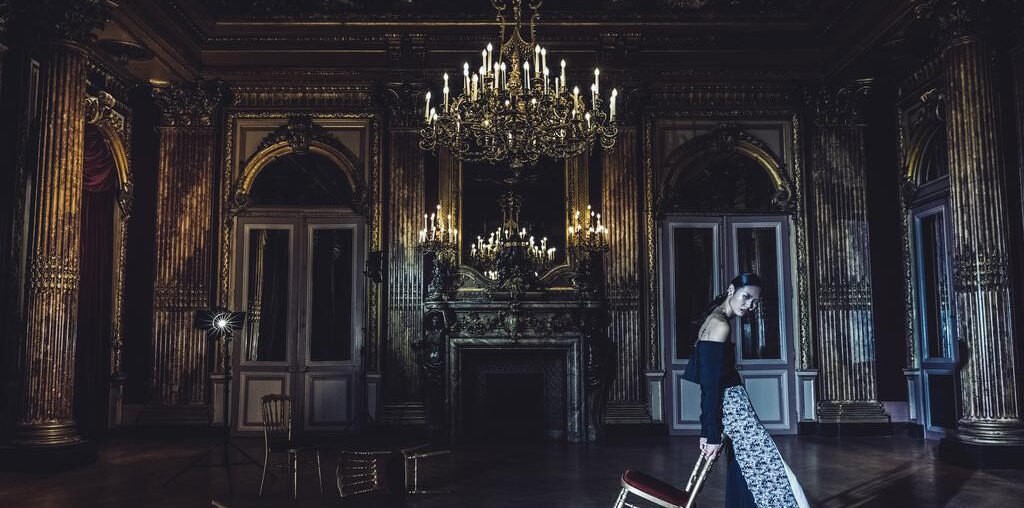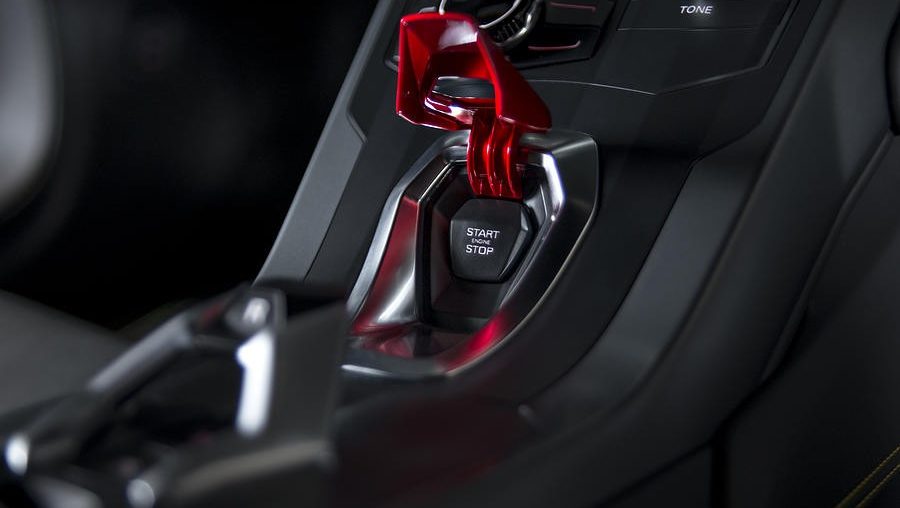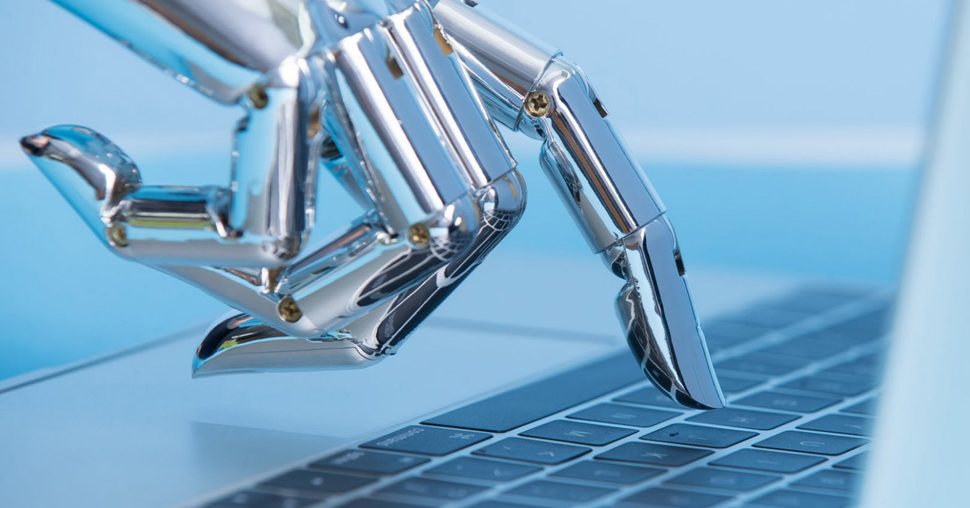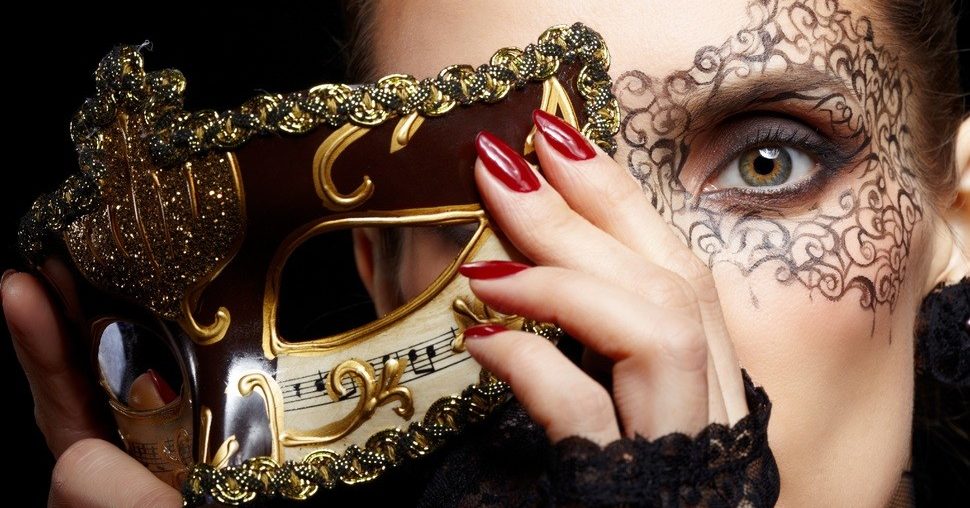7 CHECKPOINTS TO EVALUATE IF YOUR
LUXURY BRAND IS FUTURISTIC
Luxury brands must conduct Brand Health Check (BHC) constantly to evaluate their current status in the perspective of the present and future market trends. BHC is an instrumental tool to evaluate and understand the current status of the brand and its capacity to manage expectations of the futuristic luxury market regionally and internationally. The BHC should be conducted by a futuristic luxury marketing expert online or in-person depending on the need and capacity of the brand.
The Business of luxury (BOL) is turning into a critical phase as commercialism is departing and exclusivity is becoming the new source of sustainable future of luxury. The BOL has already surpassed the prerequisites such as service, quality, price, and prestige and now proceeding with the new dynamics of non-branding that involves personalization, exclusivity, and technology. The modern jargon of personalization that transforms an experience into an expression is the innovative and new world order of the luxury kingdom. Connoisseurs of luxury around the globe are intelligently evaluating the brand experience but surely connect with the brand that satisfies their self-expression. The BOL has its unique positioning with pleasure, prestige, and profitability.
In today’s rapidly changing environment, it’s critical for a luxury brand custodian to evaluate if the brand is futuristic and to which extent it can serve the expectation of futurist consumers.
We have articulated the following 7 checkpoints to evaluate if your Luxury Brand is FUTURISTIC?
CHECKPOINT – 1 – Brand Name & Identity
We are not suggesting changing the name of your existing brand or its identity, but a little tweak can surely turn your brand name and its look and feel into more modern and futuristic. If your brand is too centric to local or regional understating, see if you can twist this towards international understanding. Long brand names are not problematic if they serve the purpose of reflecting the essence of your brand. Clarity is indeed far more crucial than style.
CHECKPOINT – 2 – Taglines & Brand Statement
Your tag line should be able to serve as the functional descriptor of your brand. Please evaluate if your brand statement or tagline depicts its core nature of the business. Smart, elegant but to the point tag line will be the first short descriptor of the essence of your brand that must sound luxurious, futuristic, and international.
Furthermore, the tagline should have the capacity to transform and grow into a phrase/ slogan that a brand can carry as a symbol of recognition and pride in the foreseeable future.
CHECKPOINT – 3 – Website Theme & Tech
This is the first storytelling of your brand without you being there. Let’s see if this URL of your brand accomplishes the objective of your brand towards your internal, external, current, and protentional customers.
The other crucial component is how tech-savvy and modern is your webpage is? Is it equipped with AI (Artificial intelligence), cookies technology, and viewer’s interests tracking to some extent? How personalized this digital space is to maneuver in the areas of interest of the browser. With minimalistic text, videos and pictures should be able to steer the entire web experience to a luxurious path. The uncomplicated flow of valuable information in line with exclusive and sort after target audience without any clutter is surely a treat for the visitor.
CHECKPOINT – 4- Are You The Brand?
What correlation do you have with your brand? Futuristic luxury brands are not independent of their custodians, in fact, your brand should be the extension of you. It must transcend your true personality as a living brand. You are the most valuable asset your brand has, and this fact must be conveyed in the most authentic, realistic, and simple form of storytelling.
Connoisseurs of luxury are equally interested in the creator of the brand as they are keen on the brand. The credibility of the custodian authenticates and strengthens the connection between the consumer and the luxury brand.
CHECKPOINT – 5 – Social Media Space
Does your social media tell the story of what your brand is about and what you believe in? Do you engage in exclusive and “By invitation only” interactions with the chosen few those matter to your brand? Social media space not only should serve as a positioning statement but also act as an extension of your luxurious branding. Continuous interaction with the regional and international target audience with severe the real purpose of the social media space. One way communication is becoming redundant day by day. Exclusive yet reachable to a select few will improve the quality of your audience.
One last but extremely crucial point, the number does not matter at all. What matters is the quality of the audience and how you are connected to them.
CHECKPOINT – 6 – Speaking Your Language
How international is your brand depends on how many languages your brand speaks and how important for your brand to be multilinguistic?
Being internationally recognized and connected has become one of the core attributes of a distinctive futuristic luxury brand. Communicating internationally will improvise your brand ethos and philosophy. This is paramount to any luxury brand that operates internationally. Understanding and valuing global culture and regional customarily sensitivities is the key to get acquainted with the crème de la crème of the desired market.
CHECKPOINT – 7 – PR – Be in the News for the News
What kind of media do you choose to talk to and with what objective? Do you have real news to share, or you are just in the news for the sake of it?
Futuristic luxury brands must create, if not already possess, an authentic innovative driven news that serves the purpose of your target audience to some extent if not entirely. Paid PR and advertorials are done and dusted and for few creative revolutionary brands, even PR agencies are obsolete. Your luxury brand should have the strength and the unique ability that creates the right pull for the brand and its story rather than requires a push from a paid pusher.
Once the above 7 step evolution is done, try jotting down a summary of the brand’s futuristic capacity where a brief brand analysis with identification of improving areas should be documented. The objective of the evaluation is not to restructure the brand from its roots but to transform the brand into futuristic luxury without compromising on the DNA and ideology of the brand.
Futuristic transformation is the key success factor for any luxury brand that inspires to be global and appreciated for its core values. Remember, this is a continuous process and must be exercised at regular intervals depending on the nature and business objectives of the luxury brand.

